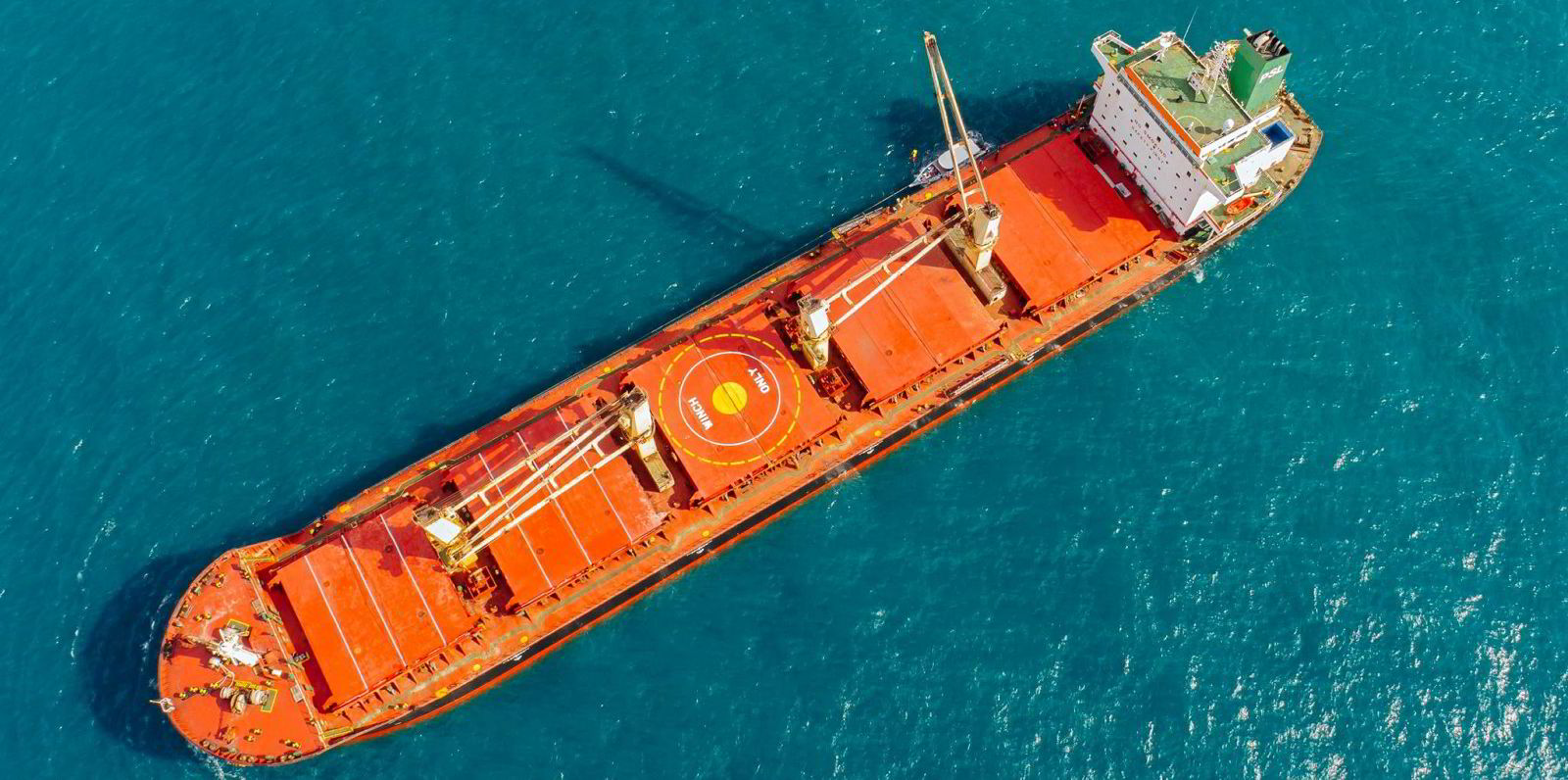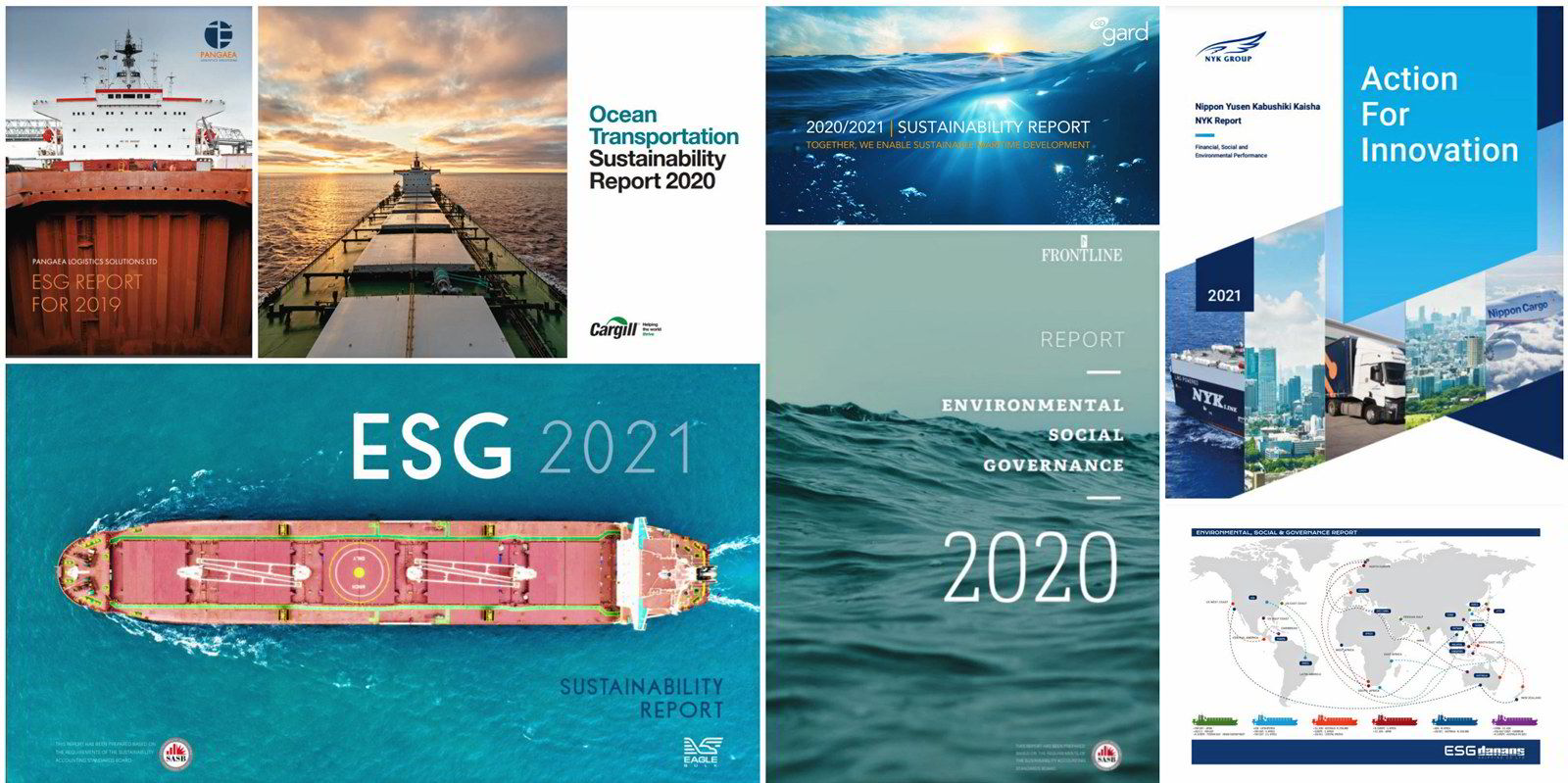Supramax bulk carriers have been the stars of the show so far during 2022, with spot rates over one-third higher today than they were a week ago.
Average supramax time-charter equivalent earnings were assessed by Baltic Exchange panellists at $24,508 per day on Monday, more than any of the other main bulker segments.
This is more than $10,000 per day above the level seen at this point in 2021, according to analysis by shipbroking giant Simpson Spence Young (SSY).
The supramax 10TC assessment, the weighted average of spot rates across 10 benchmark routes, is also up by 35% compared with last week.
The assessment hit its strongest point relative to the equivalent for capesizes for 22 months during January, SSY observed.
The Baltic Exchange’s forward curve implies supramax rates of just over $27,800 per day for the first three months of this year and just under $25,700 for the second quarter, according to settlement data on Monday.
Charterers also have been active in taking cover in the period market.
Ultramaxes open in South East Asia can expect to get around $30,000 per day for medium-term periods, the Baltic Exchange said in its weekly market report on Friday last week.
The last reported period deal was done at $25,000 per day on 9 February, when an unnamed charterer was reported to have booked Sea Traders’ 56,763-dwt supramax Knossos (built 2011).
Coal
The spot market for supramaxes has been buoyed by the ongoing renaissance of coal and the resumption of exports from Indonesia, which were banned during January.
Strong demand for supramaxes is being seen particularly for trips from Indonesia to India because shippers have been unwilling to increase parcel volumes of cargo, according to Athens-based Xclusiv Shipbrokers.
“The infrastructure constraints at both load [and] discharge ports favour geared vessels and there is still a backlog from the period when Indonesia had banned coal exports,” the firm’s research team said in a report on Monday.
These factors contributed to weekly gains of $10,000 per day on the Baltic Exchange’s two Indonesian round-voyage benchmark rate assessments last week.
But the upturn in the supramax spot market has not just been about Indonesia. Chartering activity has been lifted for all kinds of cargoes, all around the world, according to SSY.
“Grain orders from East Coast South America, clinker cargoes from East Mediterranean plus coal and petcoke from the US Gulf have all contributed to the positive tone in the Atlantic supramax market,” SSY said in its report.
Outlook
Looking ahead, Clarksons Research expects grains and minor bulk cargoes to become increasingly central to dry bulk trade growth, as demand for iron ore and coal cools off.
Trade growth is expected to decline by around 1% for both iron ore and coal by 2023 as Chinese demand softens, according to Clarksons’ latest Dry Bulk Trade Outlook.
In contrast, the firm expects trade growth for grain to rise by 2.5% this year and by 2.3% for minor bulk cargoes — and again in 2023 by roughly the same proportion.
On the other hand, supramaxes could come up against more muted demand for the transportation of soybeans from Brazil later this year due to months of dry conditions in key growing areas, according to SSY.
The US Department of Agriculture last month cut its export forecasts for Brazilian soybean exports by 3.5m tonnes to 90.5m tonnes.
Its projections for Chinese imports were also cut by 3m tonnes to 97m tonnes, which SSY said would be the first decline in three years.
Then, of course, there is the threat of conflict in Ukraine, which would have a negative impact particularly for grain exports from the region — a major source of demand for supramaxes.
Ukraine exported around 49m tonnes of grains in 2021, mainly through Black Sea ports, according to Clarksons.
In the meantime, Xclusiv pointed to other signs that there is still plenty of life in the coal trade, especially as countries seek to exploit coal production to combat the international energy crunch.
“China recently announced plans for a new 2 GW coal plant, the French government has allowed electricity producers to burn more coal to ensure a secure electricity supply and India, having a demand-supply gap, announced that it is aiming to increase domestic coal production to 1.2bn tonnes by 2023-24,” Xclusiv said in its report.






